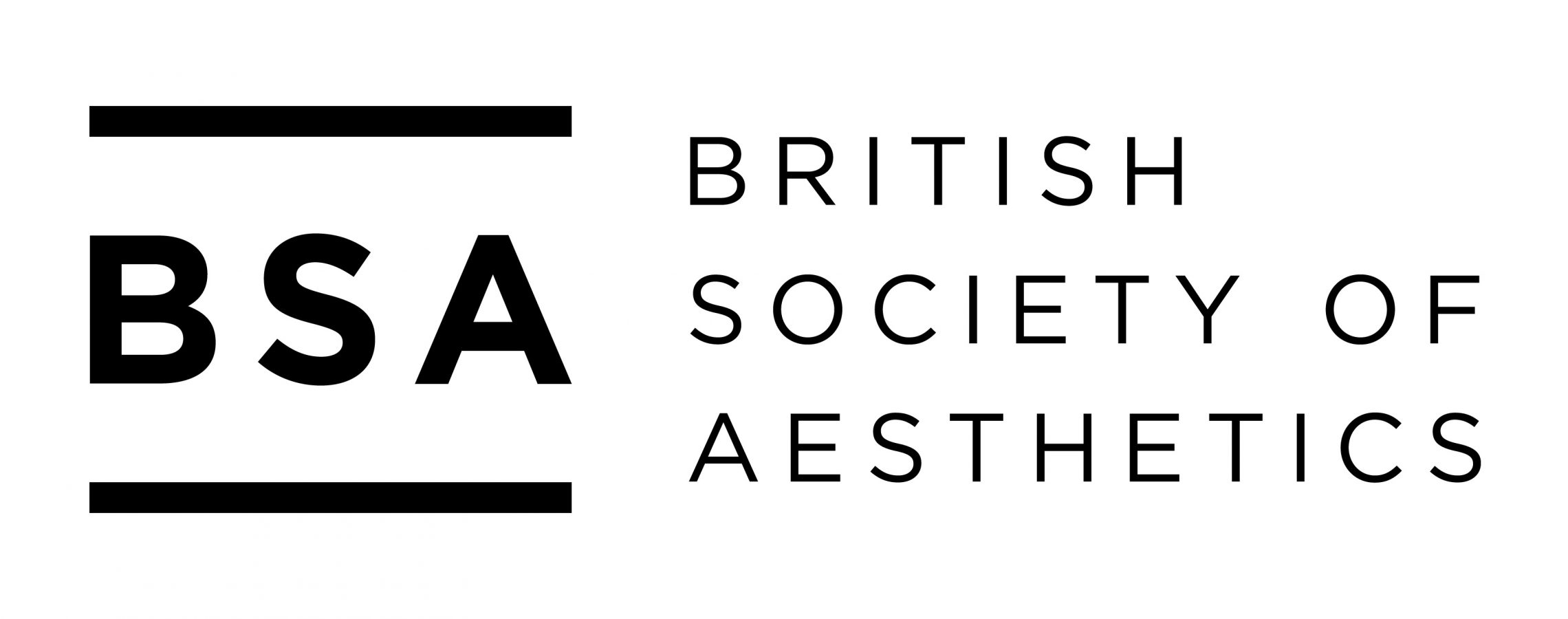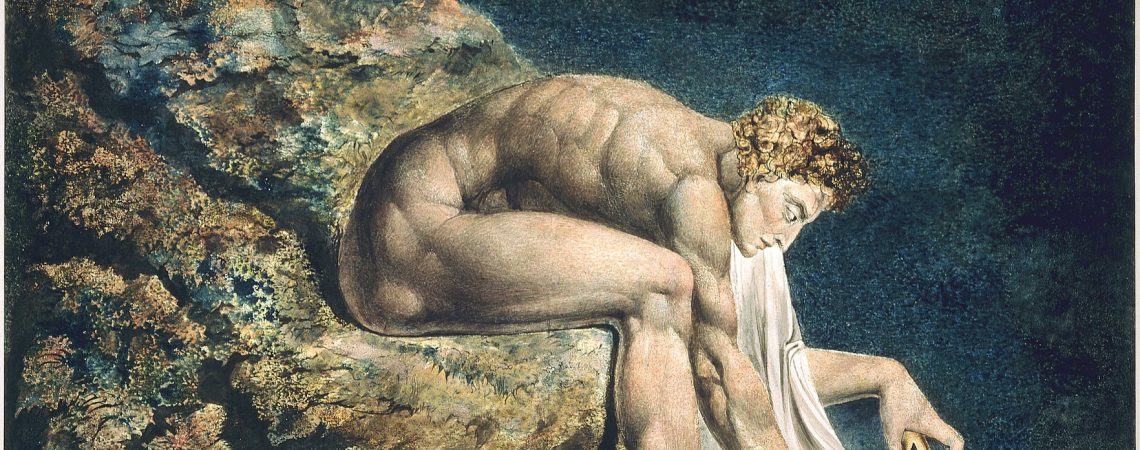Bridging the Gap: Scientific Imagination Meets Aesthetic Imagination
Centre for Philosophy of Natural and Social Science, London School of Economics
5-6 October 2017
http://www.lse.ac.uk/philosophy/blog/2017/06/12/bridging-the-gap/
The conference, “Bridging the Gap: Scientific Imagination Meets Aesthetic Imagination” aimed to initiate a lasting and systematic link between work on artistic and scientific imagination, and to advance our understanding of the epistemic and heuristic roles imagination can play. Specific questions included:
• What kinds of imagination are involved in science?
• What is the relation between scientific imagination and aesthetic imagination?
• What are the structure and limits of knowledge and understanding acquired through imagination?
• From a methodological point of view. How can aesthetic considerations about imagination play a role in philosophical accounts of scientific reasoning?
• What can considerations about the roles of imagination in science contribute to our understanding of its role in aesthetics?
These questions were addressed by eight invited speakers and four selected speakers. Invited speakers included (in alphabetical order) Margherita Arcangeli (Humboldt University), Andrej Bicanski (University College London), Gregory Currie (University of York), Tim de Mey (Erasmus University), James Faeder (University of Pittsburg), Letitia Meynell (University of Western Ontario), Margot Strohminger (Humboldt University), Adam Toon (Exeter University). A call for papers was published to select the best submissions for presentation at the conference. Selected speakers included Alexander Bird (University of Bristol), Allison Hills (St John’s College, University of Oxford), and two graduate speakers, Alice Murphy (University of Leeds) and Charlene Brecevic (Notre Dame University).
The conference successfully integrated a number of interdisciplinary perspectives on scientific imagination and aesthetic imagination from science and philosophy. Andrej Bicanski (a neuroscientist and computational modeller working on imagery, memory and spatial recognition) presented a scientific model of spatial imagery, contributing a scientific perspective on imagination. James Faeder (a computational modeller working on biological regulatory processes) explained how imagination (and in particular imagery) contributes to the development of biological models of proteins. Margherita Arcangeli (a philosopher of art and expert on imagination) emphasised the distinction between two main notions of imagery, imagery as an attitude and imagery as a special kind of mental content. Gregory Currie (a philosopher of art with expertise in cognitive psychology) focused on the difference between learning from the scientific imagination and learning from aesthetic imagination by comparing the ways in which we learn through imagination with psychology and literature. Tim de Mey (a philosopher of science and epistemologist) discussed different ways in which imagination boggles the mind of epistemic agents while performing different sorts of thought experiments. Letitia Meynell (a philosopher of science with expertise in philosophy of mind and epistemology) contributed a new unified account of learning through imagery in thought experiments and scientific models. Margot Strohminger (an epistemologist with expertise in model epistemology) criticised a view of thought experiments as picturesque arguments and emphasised the analogies between scientific thought experiments, philosophical thought experiments and counterfactual reasoning. Adam Toon (a philosopher of science) considered the implications of a theory of models that recognises the central role of scientific imagination in relation to some of the main themes of the conference, including the different kinds of imagination involved in science and how they can yield knowledge and understanding. Alexander Bird (a philosopher of science) and Alison Hills (a philosopher of aesthetics and ethics) emphasised the value of creative imagination in the sciences and the arts. Alice Murphy (a graduate student with expertise in philosophy of science) focused on the analogy between epistemic uses of imagination in scientific thought experiments and computer simulations. Finally, Charlene Brecevic (a graduate student with expertise in history and philosophy of science) analysed the analogies between scientific imagination and aesthetic imagination in terms of scientific and artistic representations.
Imagination is many things to many people. Some philosophers (like Kendall Walton and Peter Strawson) take this as a reason to give up on investigating the imagination directly. But in this conference we tried to take this diversity as a strength and starting point. We brought together different perspectives, including cognitive science, modal epistemology, aesthetics, philosophy of science, computational systems biology, philosophy of mind and mainstream epistemology, to see how they fit together, if they fit together, and if not, why not. We rethought mental imagery both by introducing new philosophical distinctions (Margherita Arcangeli) and new neuroscientific evidence (Andrej Bicanski). We looked at the analogies and disanalogies between artistic and scientific uses of imagination in thought experiments, models and representations (Gregory Currie, Margot Strohminger, Alice Murphy, Charlene Brecevic, Adam Toon). And we’ve considered different degrees of imaginative creativity (Alexander Bird and Alison Hills and Tim de Mey).
Fiora Salis & Mike Stuart, LSE

